Richmond Racecourse
Sport In Richmond, North Yorkshire
A former horse racing track on the outskirts of Richmond that contains what is left of the oldest, surviving, stone built, public grandstand in the world.
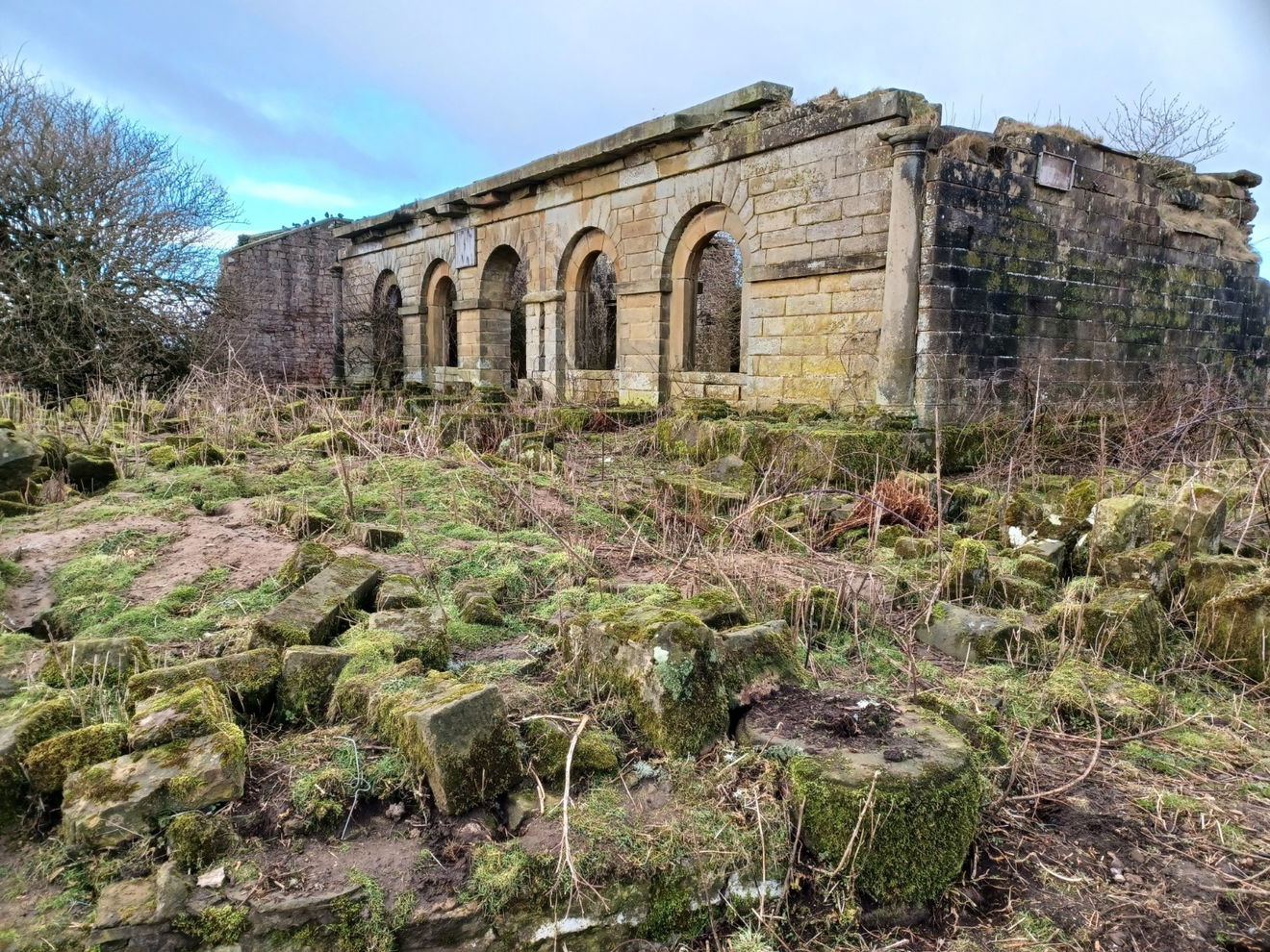
The story of Richmond Racecourse begins not on a manicured grass track like those we see today, but on the rugged terrain of High Moor. In 1765, driven by a local landowner's passion for equestrian pursuits, the first races were held, drawing crowds eager for a spectacle. However, the uneven grounds proved unsuitable, leading to a relocation to Low Moor in 1776. Here, a dedicated site was prepared, marking the official birth of Richmond Racecourse.




Between 1765 and the building of the main grandstand in 1775, a temporary wooden stand was erected each year, the impetus for a more permanent structure came about due to the course holding the Hambleton Hundred Guineas Race.
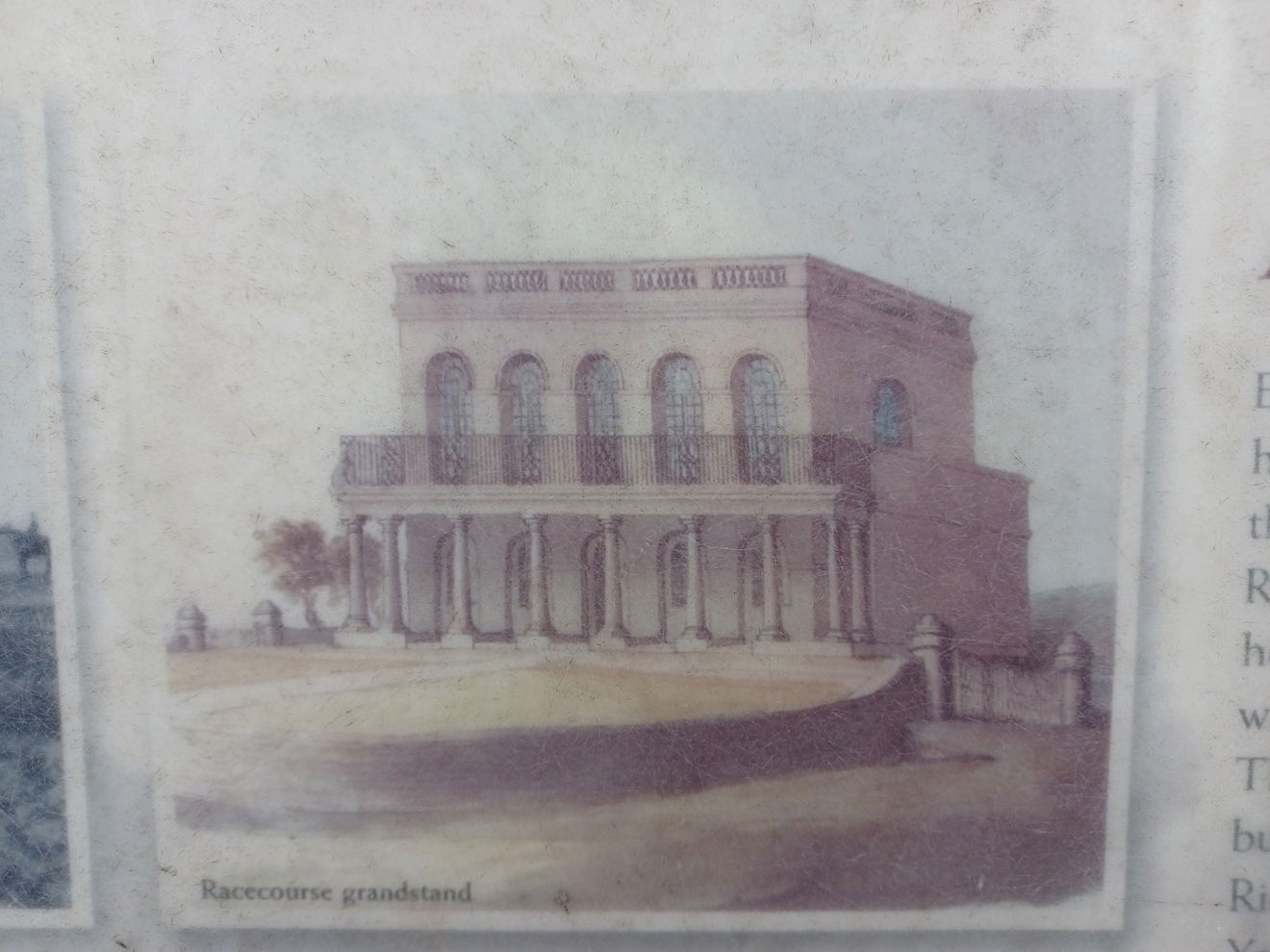
Public subscription funded the grandstand project, and renowned architect John Carr, famed for his work on other racecourses, is believed to have designed the structure. Completed in 1775, the imposing stone Grandstand, with its Palladian-inspired facade and elegant proportions, stood as a symbol of grandeur and civic pride. It remains the oldest surviving public grandstand of its kind in the world. Besides the main grandstand, a private stand was built in 1814 for the Zetland family.
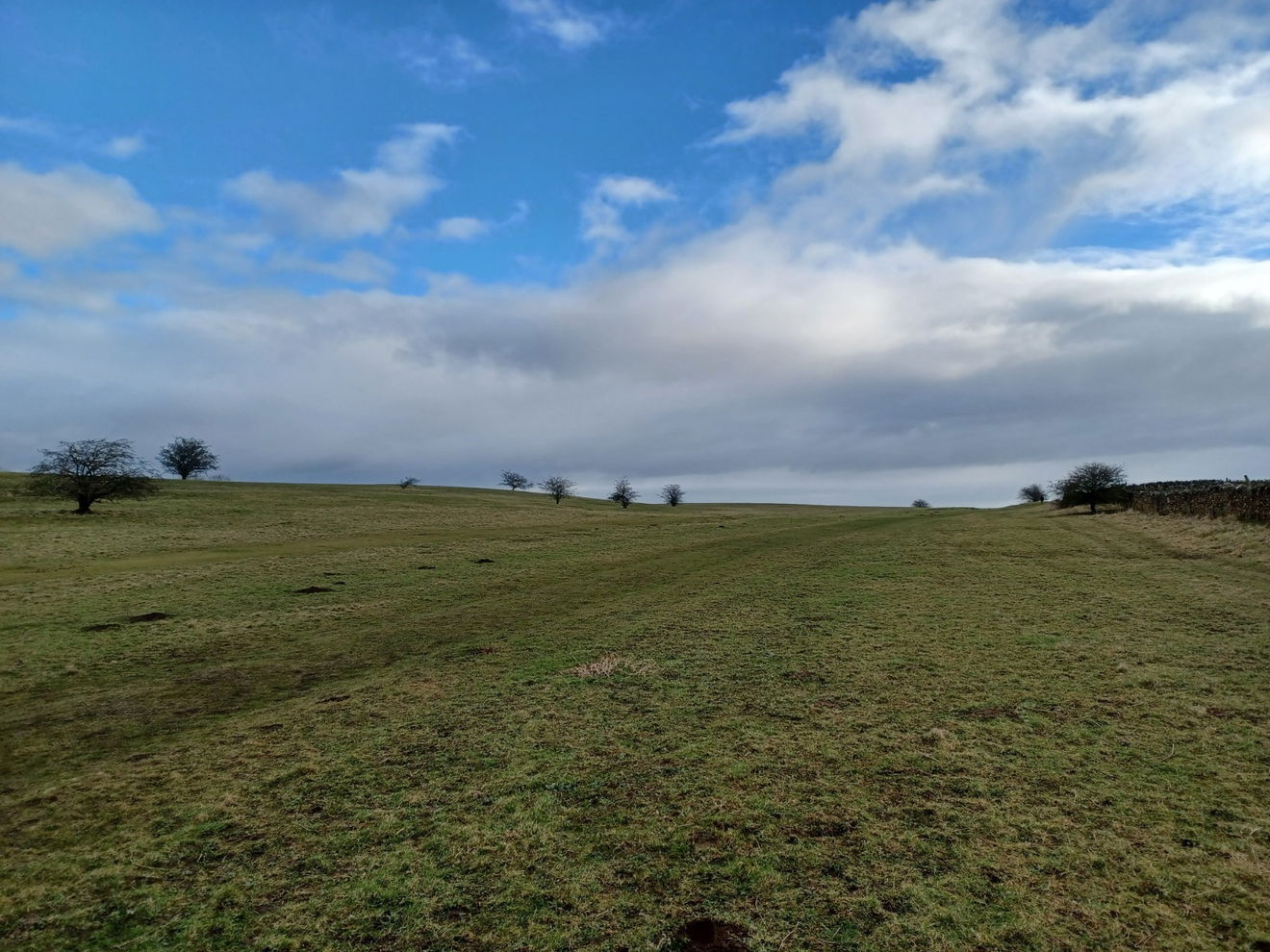
The track was in a rough oval shape and ran for a distance of 1.5 miles (2.4 km) with the grandstand in the middle at the west end, which afforded the spectators views of the race without them losing sight of the jockeys. Races were run in a clockwise direction.
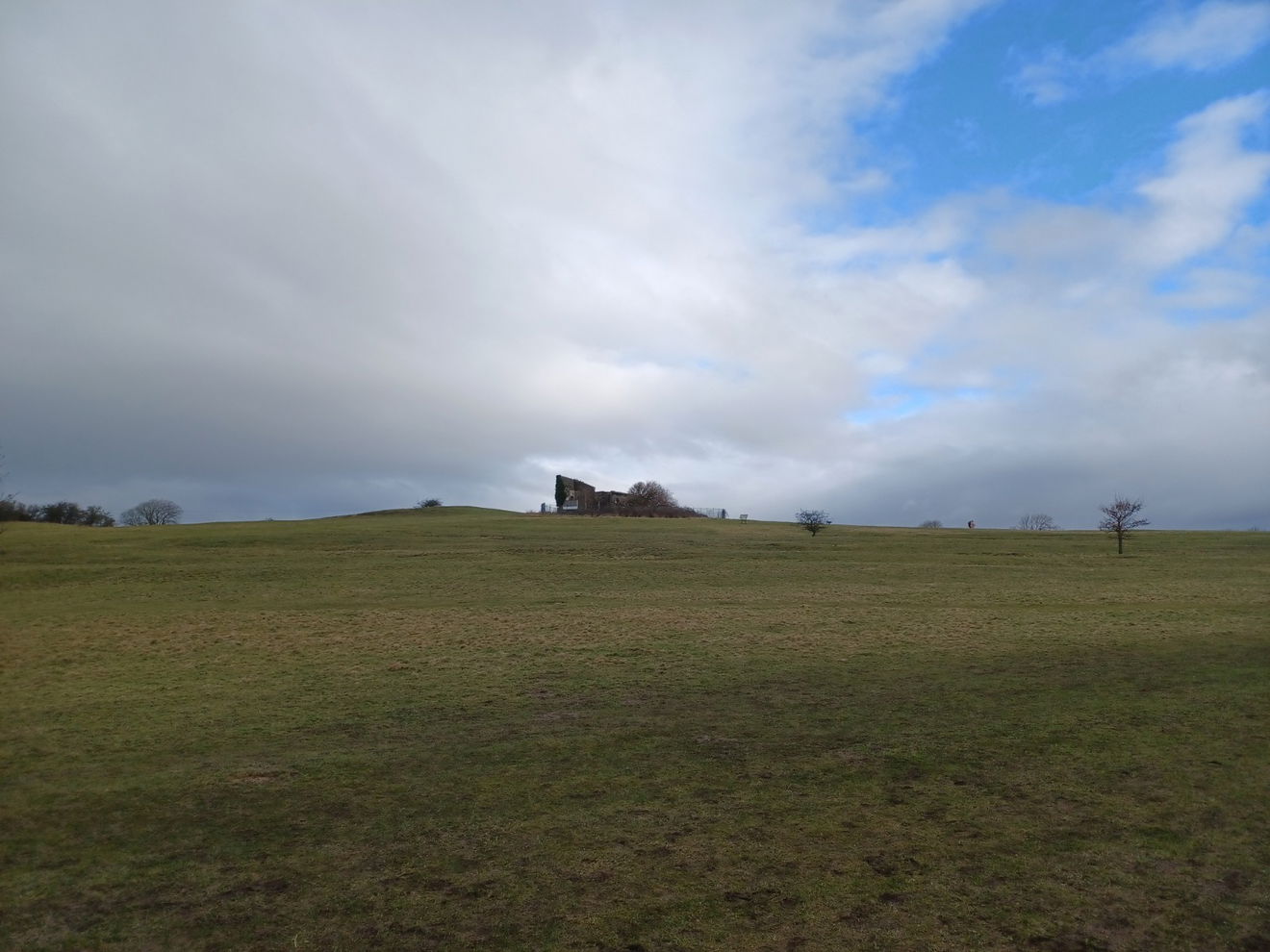
With the track and grandstand established, Richmond Racecourse entered a golden age. Renowned jockeys, thoroughbred champions, and enthusiastic crowds descended upon the venue, making it a fixture on the British racing calendar. The annual King's Plate, a prestigious race sponsored by the monarch, added to the allure, attracting national attention and boosting the local economy.
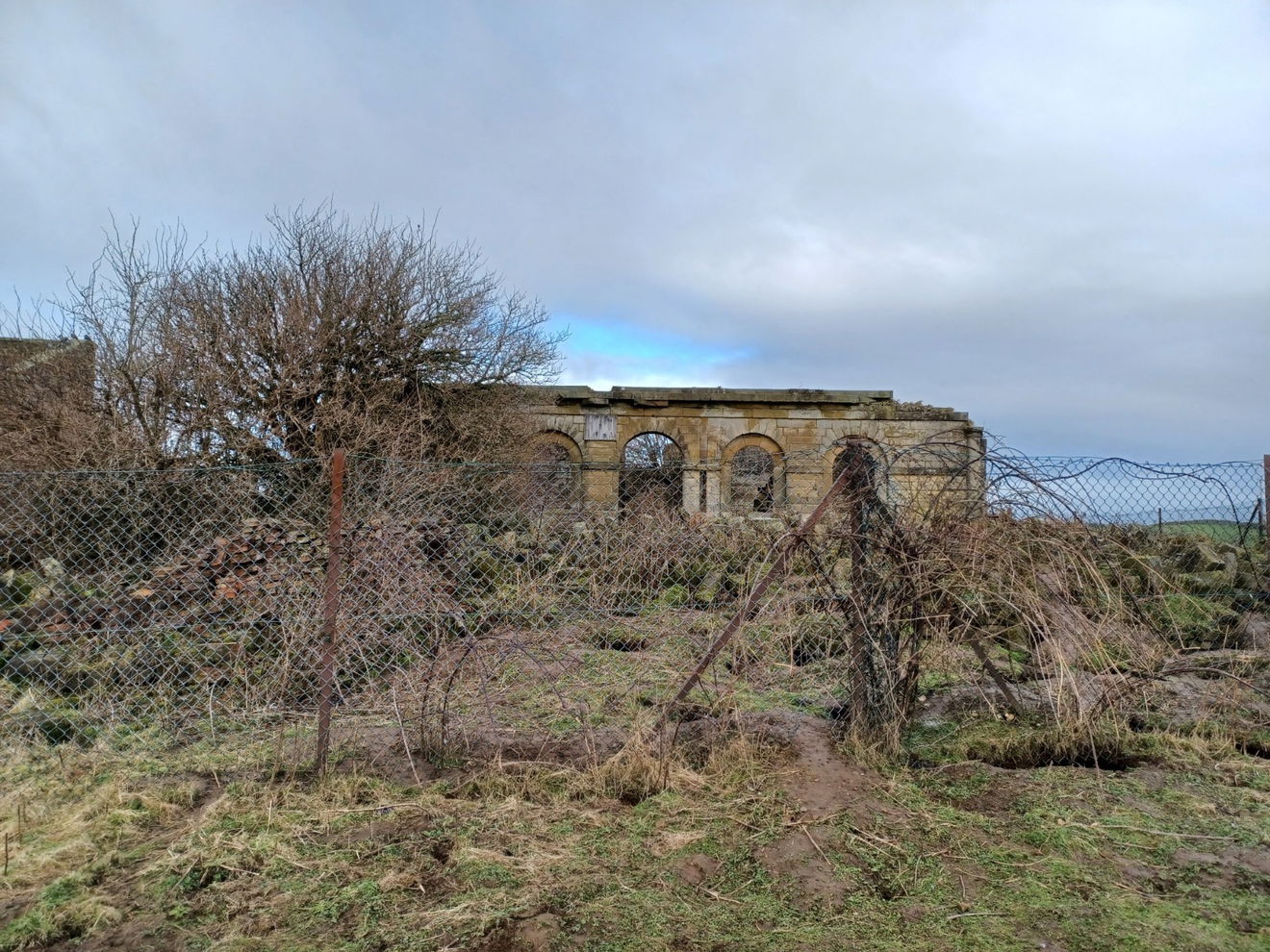
The mid-19th century brought challenges. The emergence of larger, more modern racecourses, coupled with stricter regulations and changing social attitudes, led to a decline in popularity. The King's Plate was discontinued, and by 1891, horse racing ceased entirely at Richmond. The Grandstand, however, continued to serve various purposes, from accommodating agricultural shows to functioning as a public library.
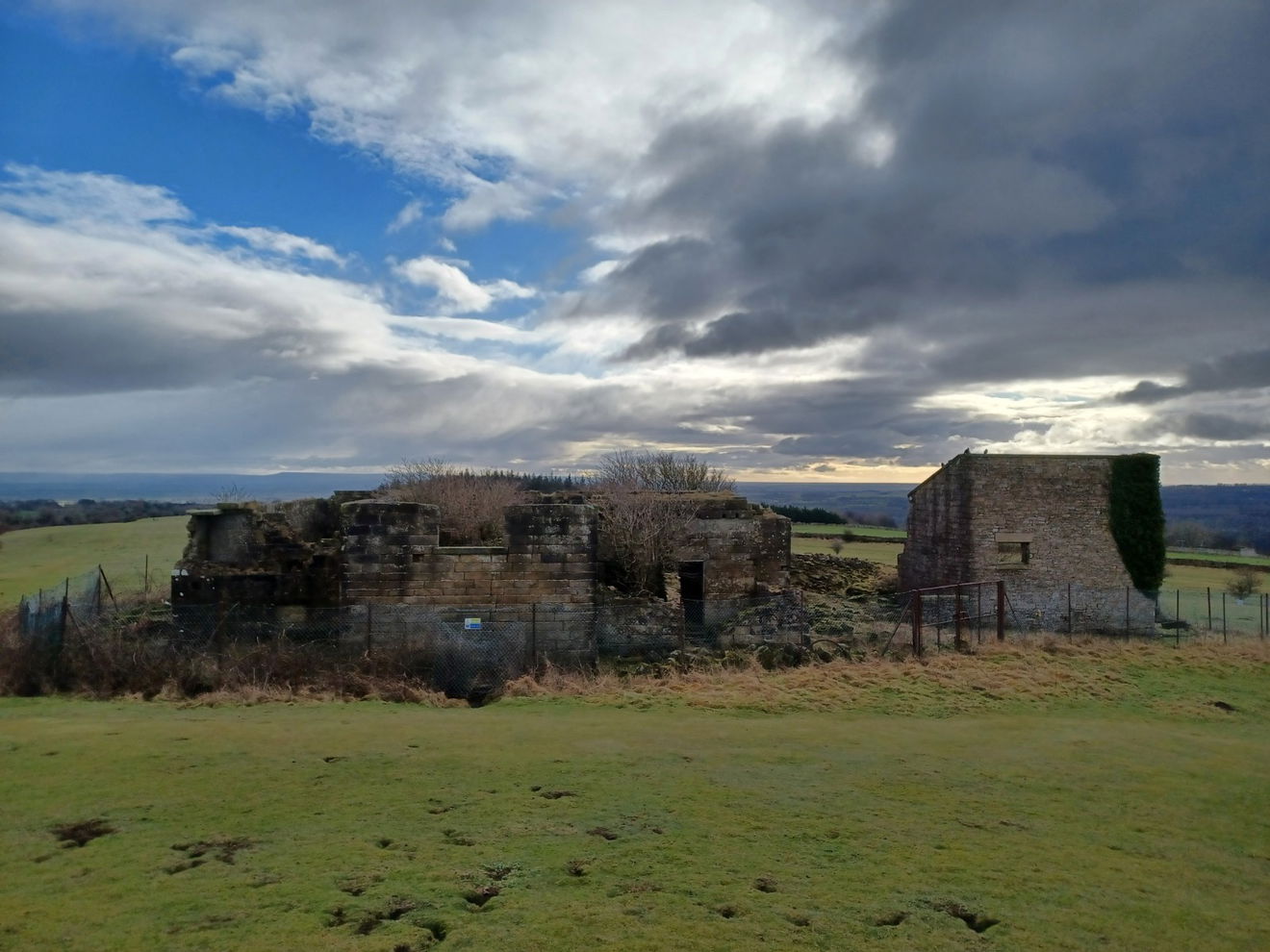
The site last hosted races in August 1891; the Jockey Club had decided that one of the turns on the course was too tight for the modern thoroughbred horses. The grandstand had its lead roof stripped in the 1950s and further demolition occurred in the late 1960s.
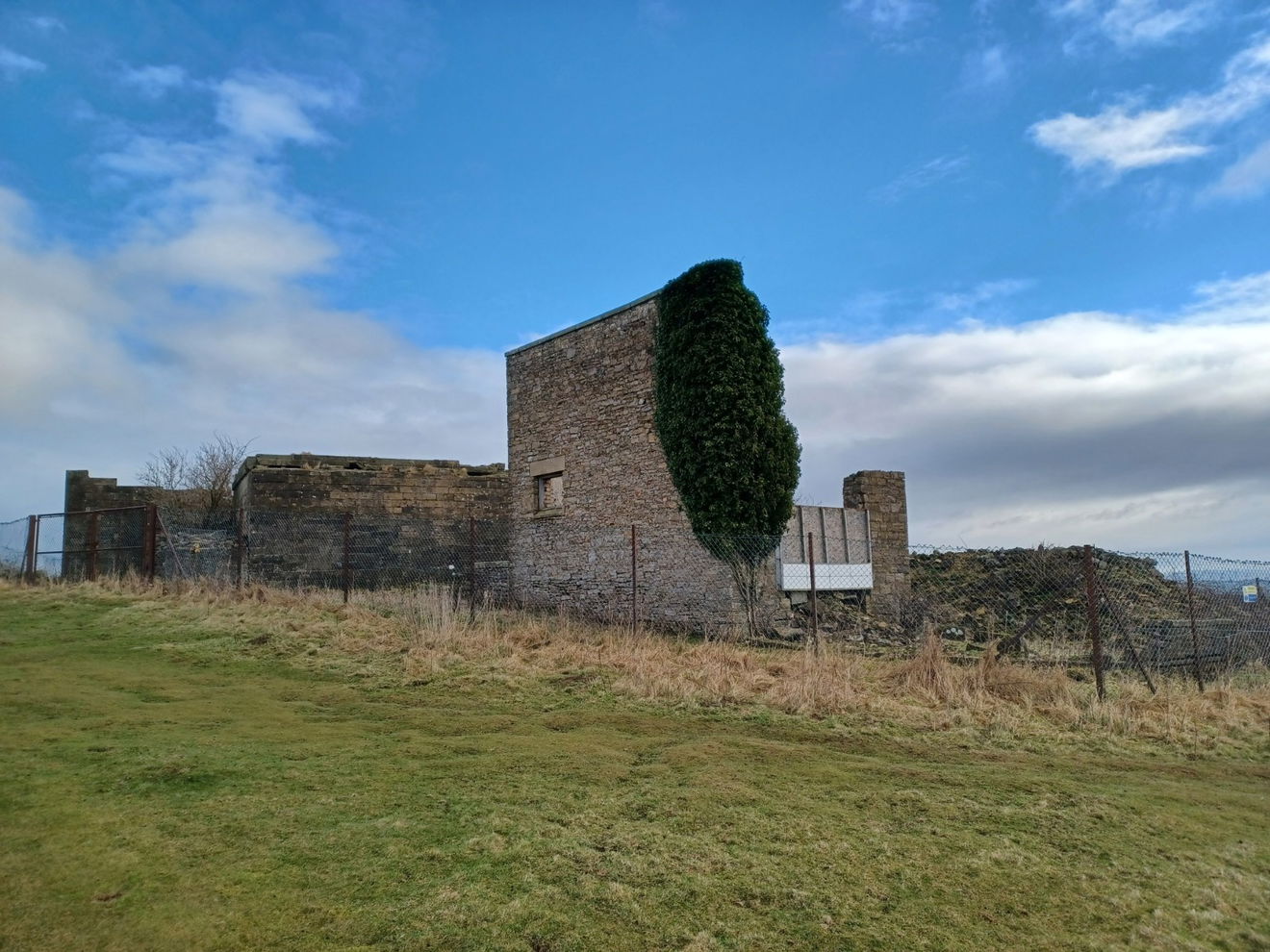
The late 20th century saw a growing appreciation for heritage and historical preservation. The unique significance of Richmond Racecourse and its Grandstand was recognised, leading to extensive restoration efforts. In 1968, the site was designated a Grade II* listed building, ensuring its protection, although it does seem to still be in a state of disrepair.
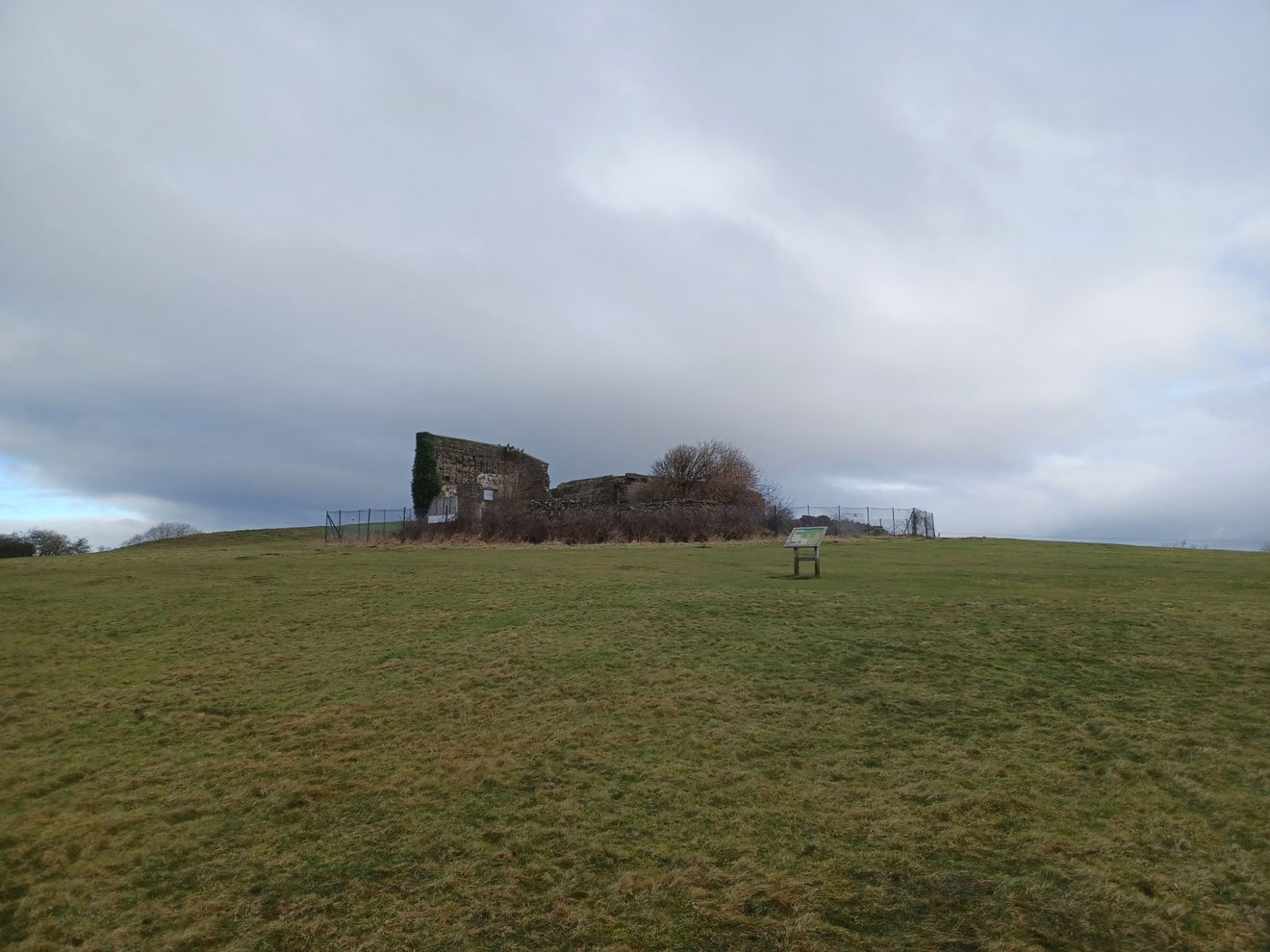
You can also find the “Judge's Box” on the racecourse site, which sits to the south east of the Grandstand. It has on it an iron plaque that states "Erected 1814/W S Goodburne Esq/Mayor."
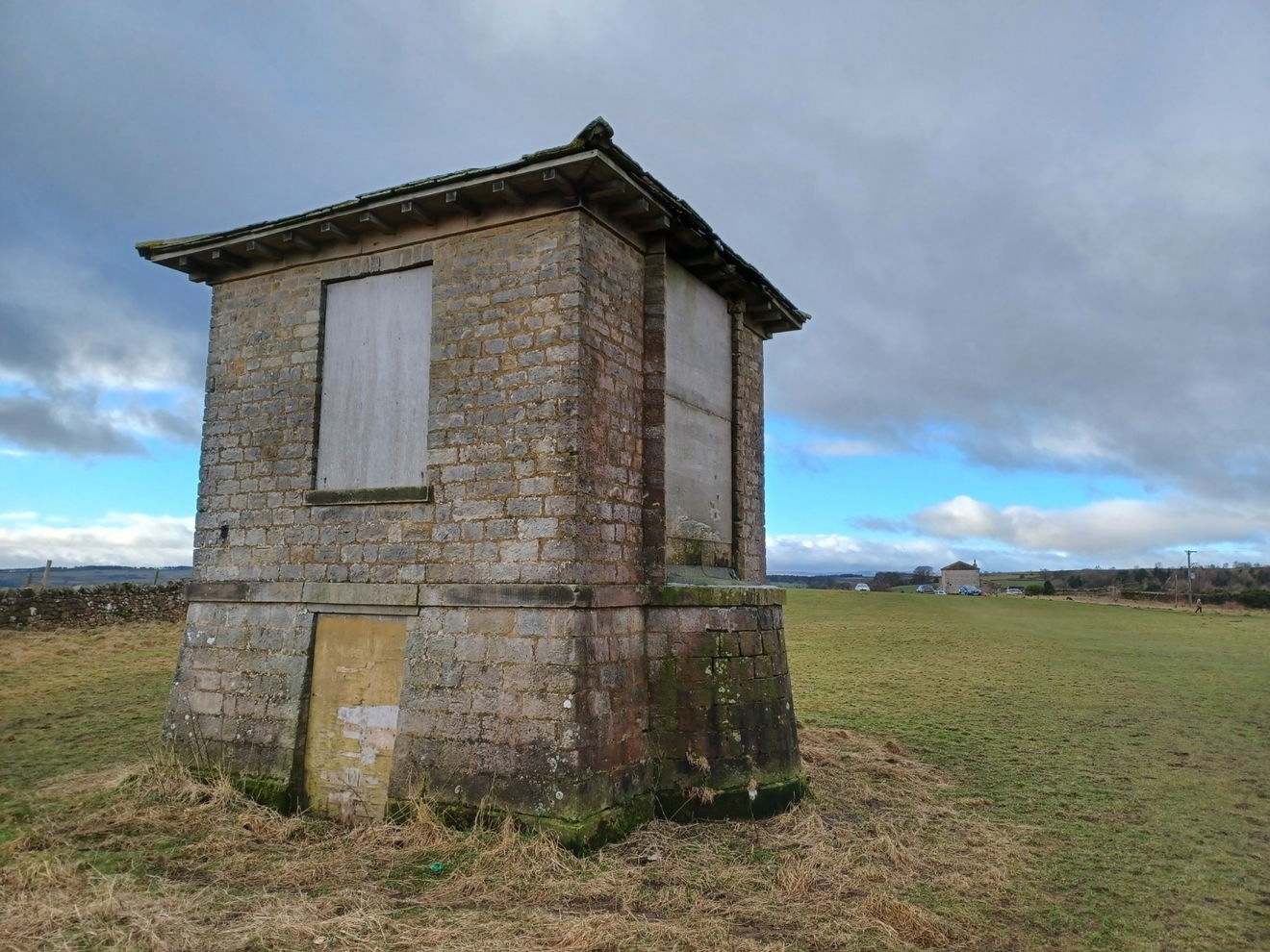
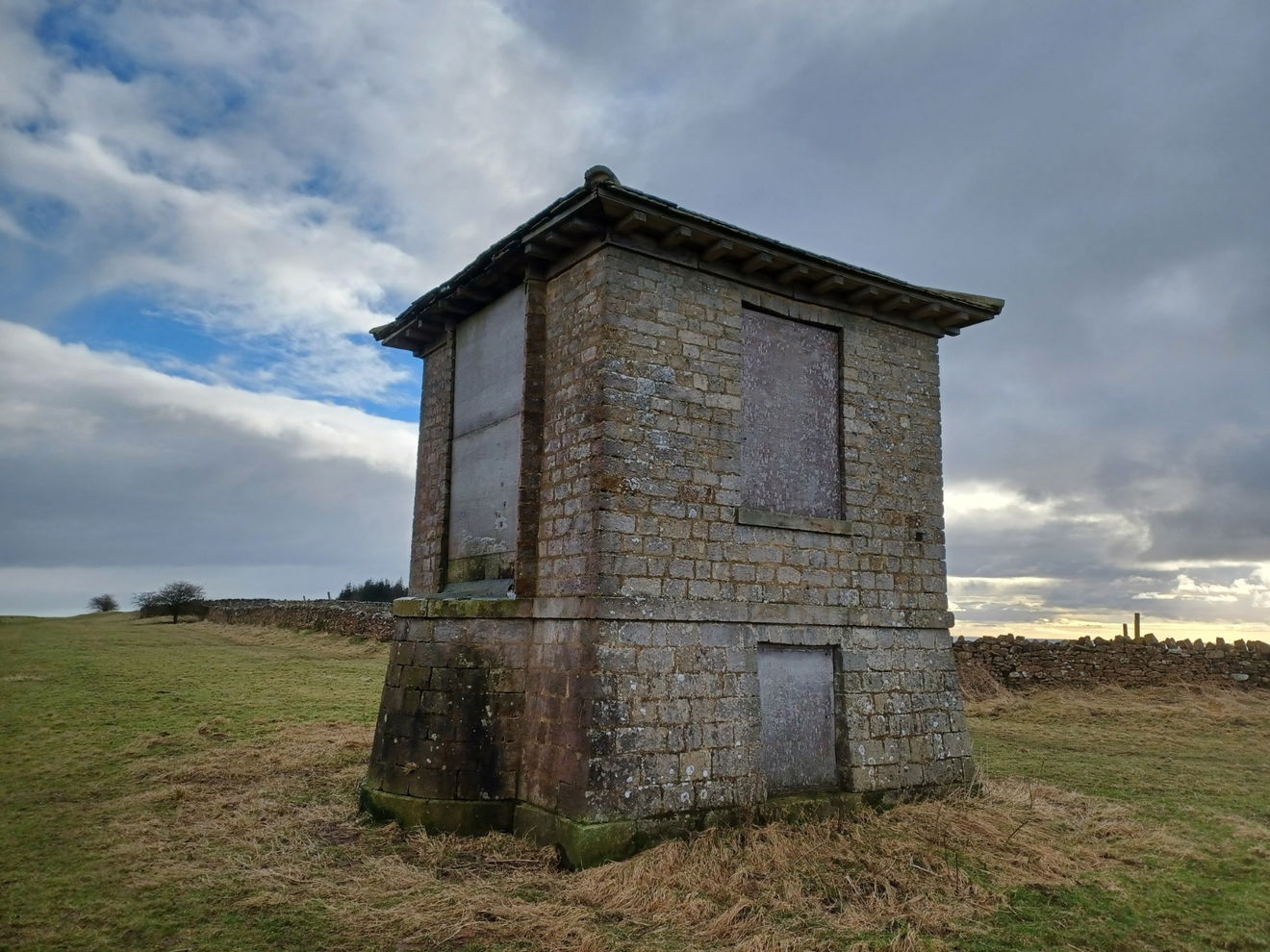
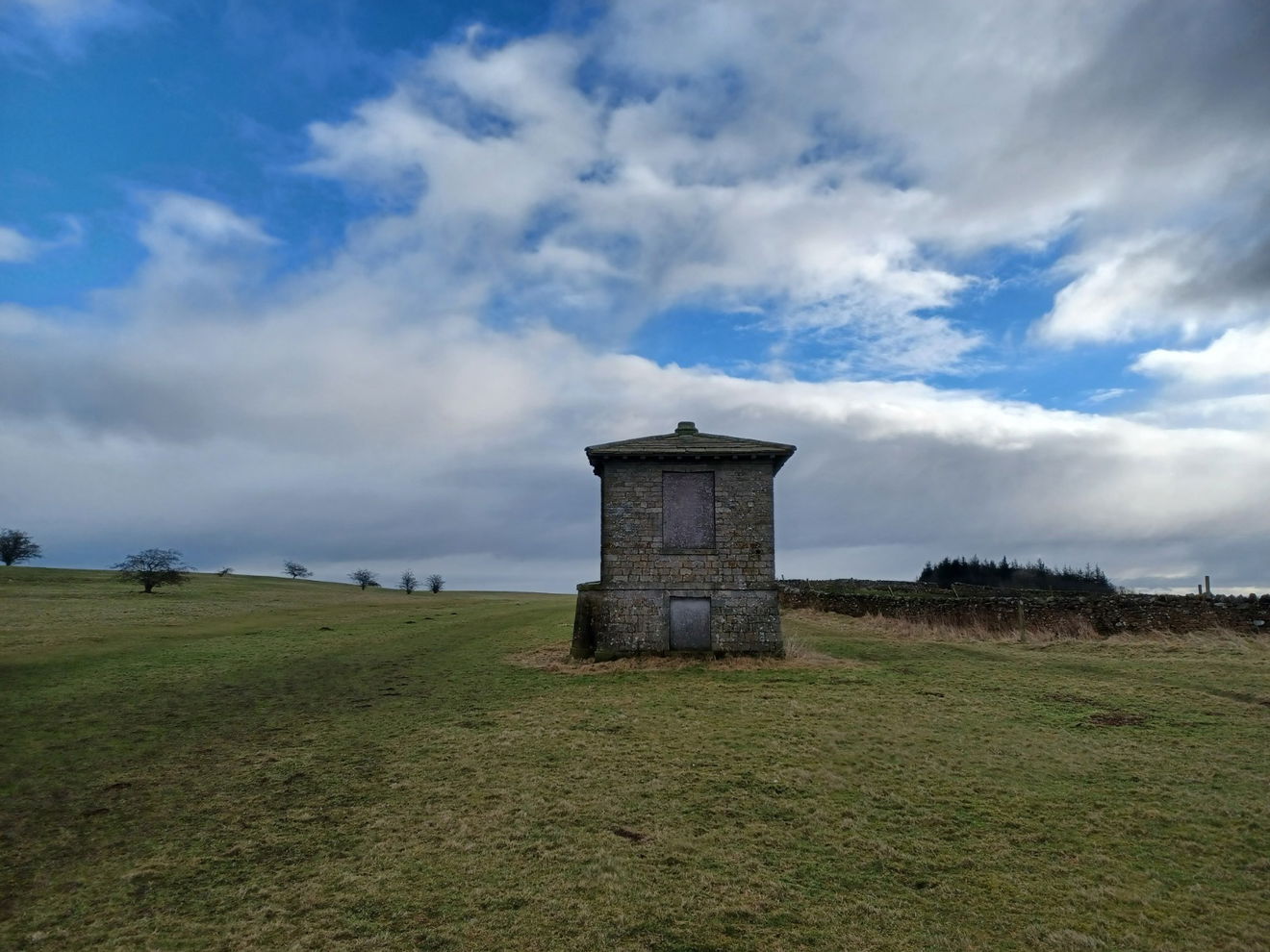
Get 3 points if you have visited this place. Already visited by 28 VIPs.
Login to the VIP area to add places to your bucket list, mark them as visited and more importantly see where you rank on the league table.
How To Find Richmond Racecourse
Where Is Richmond Racecourse?
Lat / Long
54.414901, -1.75544
What three words
Where To Park For Richmond Racecourse?
Lat / Long
54.412961, 54.412961
What three words
Parking is available adjacent to the site.
Contributed by Andrew Gardner
I love being outdoors, in nature, and experiencing the relaxation it brings. Wandering through the northern countryside seeing unexpected buildings, historic places and occasionally surprised wildlife is one of life's great pleasures.
More Places from Andrew
More Places In Richmond
Find more fabulous places in Richmond, North Yorkshire and if you know of a place we haven't listed, then let us know.
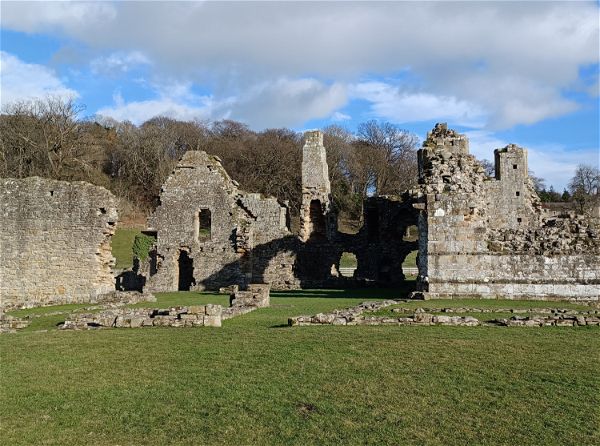
Easby Abbey
Religious Place Richmond North YorkshireRuins of a 12th century Premonstratensian abbey in the hamlet of Easby.
Beacon On Beacon Hill South
Landmark Richmond North YorkshireA beacon on a hill just outside Richmond that was supposidly erected for Millennium celebrations.
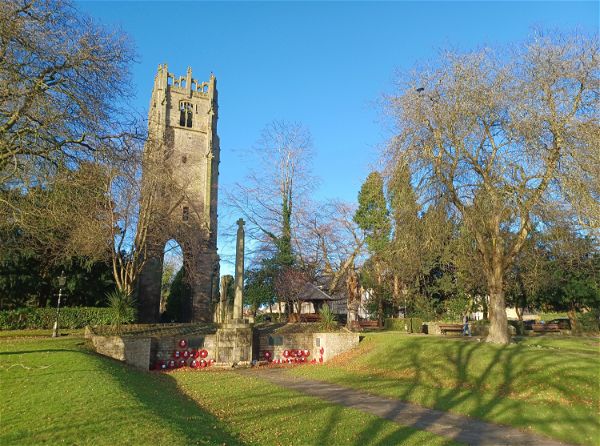
Greyfriars Tower
Religious Place Richmond North YorkshireA tower which is all that remains of the Greyfriars Franciscan Friary in the centre of Richmond.
More Sports
So this sport wasn't enough and you want more? Don't worry we have you covered.

Croft Park - Blyth Spartans
Sport Blyth NorthumberlandThe home of Blyth Spartans - The most famous Non League football club!
Never Miss A Fabulous Place
If you are afraid of missing out on all the fabulous places we post, or just want to be the first to know, then sign up to the Fabulous North.
Each week we will email you all the brand new places that we visit.
Sign Up To AlertsFind Us On Facebook
We post all our new places daily on our Facebook Groups page, so join the group today and be notified when we add a new place.
Join Our Facebook GroupRichmond Racecourse was listed in Sport // North Yorkshire // Richmond

